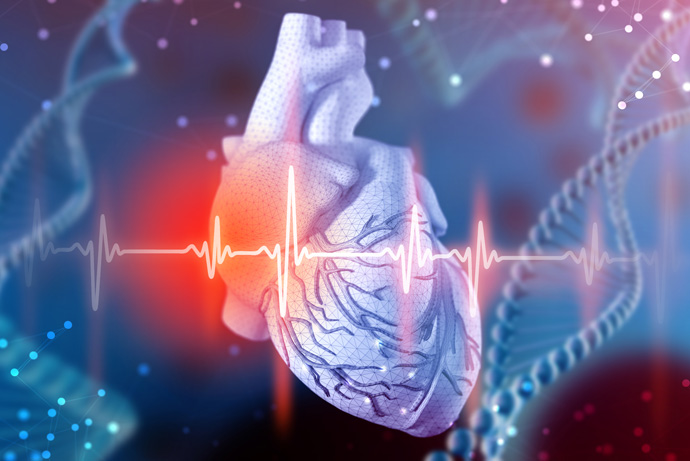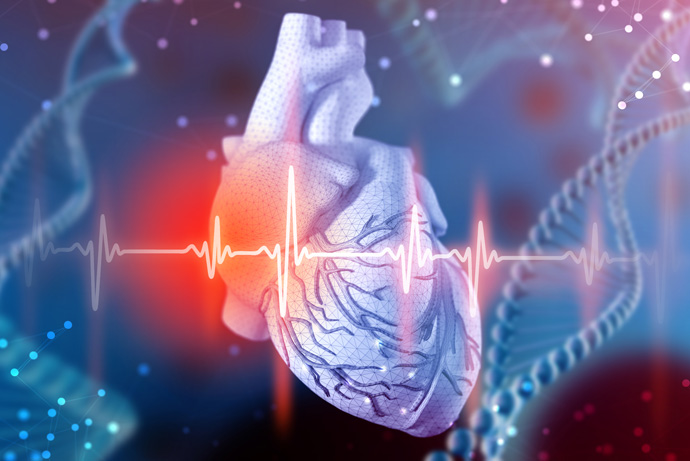
Japanese researchers have been at the forefront of stem cell research for many years. They have been the source of several exciting breakthroughs including the development of induced pluripotent stem cells (iPSCs).
A recent research project from researchers at Okayama University Graduate School of Medicine, Dentistry and Pharmaceutical Sciences uses iPSCs to treat myocardial infarction. This discovery has the potential to improve the lives of millions of people who have a heart attack each year.
Myocardial infarction occurs when a blood clot blocks the flow of blood to the heart. Starved of blood, the heart’s tissue loses oxygen and dies. It can cause permanent damage to the heart, which worsens its performance.
In this new study, Ken Takahashi, Ph.D. and Wei Heng, MSc. describe a method for modelling what happens during a myocardial infarction using cardiomyocytes differentiated from induced pluripotent stem cells. This will help researchers learn more about what happens during a myocardial infarction and how damage occurs.
Previously, researchers would use laboratory animals to model myocardial infarction and other diseases. However, there are significant differences in the gene expression and the behaviour of cardiomyocytes in humans and animals. This meant that animal experiments never observed what actually happens to the human heart during myocardial infarction.
Being able to create real human cardiomyocytes using stem cells means the researchers can accurately measure the heart’s injury-marker proteins, contractility, and its synchroneity.
The researchers have already discovered that the gene expression of interleukin-8, an inflammation marker which increases during acute myocardial infarction, is higher in this model. They expect to learn much more over the coming months.
Source: Heart Attack Modeled With Human Stem Cells
{{cta(‘d62560c2-336a-4f88-9683-44a37a5bd7fd’)}}


